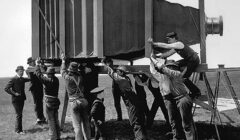Who’s On First?
If you’ve not been paying attention, perhaps you missed the news that Jeff Bezos’ Blue Origin launched some ladies into “space,” returning them safely and breathlessly to ground (not water!) to songs, screams, and cheers.While not quite as much fun to watch as “Captain Kirk’s” trip beyond the limits of the atmosphere, the stunt did draw some attention to itself as a quasi-first.
In truth, these days, breaking the “surly bonds of Earth,” whatever your age, status, or other characteristics, isn’t going to win any prizes for being a first. And the recent return of space travelers stuck on their craft for an uncomfortable stretch doesn’t even match the longest record, which goes to Valeri Polyakov, who spent 437 days in space in his second flight, in 1994-1995.
But records are interesting to investigate, and one record that always amazes, particularly in technology, is “firsts.” When was a first of its kind thought up, created, and put to use? Here, in no particular order, and with no particular focus, are a collection of firsts of their kind.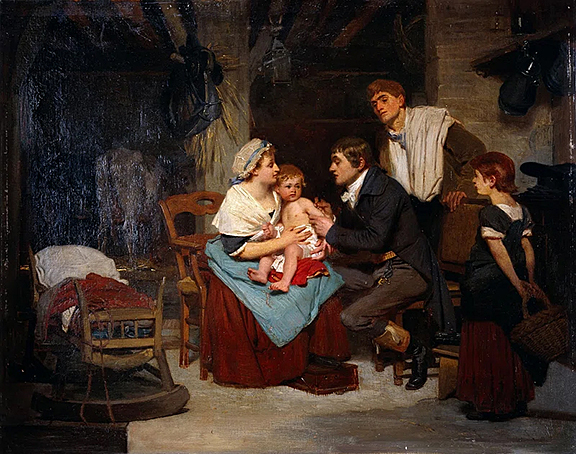
First Large Buildings:
While no-one is absolutely certain, archaeological evidence points to places like Tell Qaramel (10,650–9650 BCE), a tower, and Göbekli Tepe (9500–8000 BCE), likely a place of worship. Both are in Asia/Middle East, and both are the subject of much study and investigation, and show talent and technology beyond what was long thought possible for that timeframe.
First Vaccine:
In 1796, Dr. Edward Jenner noticed that people who had had cowpox didn’t get infected with the much more dangerous and lethal smallpox. Drawing on that observation, he collected some infected tissue from a patient’s smallpox sore, and, breaking the skin of another person, “gave” them the infection. It was soon learned that the body would apparently use the less serious disease to create an immunity.
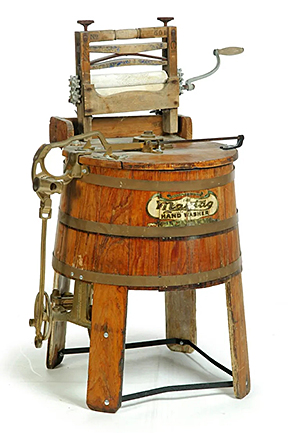
First Washing Machine:
Washing clothing has always been a tedious chore, whether slapping the fabric on rocks or working them around in a soapy washing basin. In 1851 a man named James King made things more simple by using water pressure to agitate them in a drum, and in 1858 Hamilton Smith simplified the process still further with a rotary version. By the 1920s, electricity powered washing machines were becoming all the rage.
First Flush Toilet:
While most know that the Romans had basic plumbing, and we think that a man named Thomas Crapper can be credited with the modern toilet, it appears that in 1596 a man named Sir John Harrington created and built the first flush toilet for his Godmother, Queen Elizabeth I. While she is said to have found it too noisy, a patent for a similar device was eventually issued to Alexander Cummings in 1775. The afore-mentioned Crapper was a businessman who offered plumbing equipment, and while he did make a number of improvements on the toilet, he wasn’t actually a first. And there is evidence that as far back as 2400 years ago, the Chinese were using a box-and-pipe system to clear things away.
First Camera:
Exploration of light and images goes way back to the camera obscura (dark chamber) and writings about it can be found around 400 BCE in China, and around the same time in the works of Aristotle. As early as the 1500s, lenses were put into openings in walls of dark rooms to project images – which could then be traced to create a drawing. In fact, artists still use the basic technique to help start a picture or render an outline. By the late 17th century, portable camera obscura devices in tents and boxes had come into use as drawing tools. Finally, in the 1800s, the paper-and-chemicals system of capturing the image was managed, and the first permanent photograph of a camera image is credited to Nicephor Niepce, in 1826, using a “box” camera crated by Charles and Vincent Chevalier.
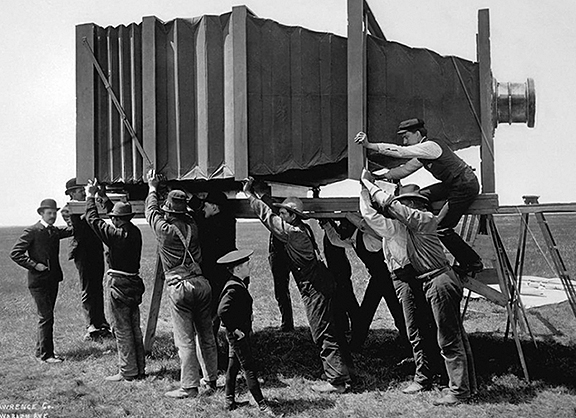
First Eyeglasses:
According to the International Museum of Surgical Science, while there is no exact date, evidence suggests that a pair of magnifying lenses were hinged together and attached to the bridge of someone’s nose as early as the 1200s to aid the individual in reading. So those movies that show an old fellow in medieval garb using spectacles really is possible. 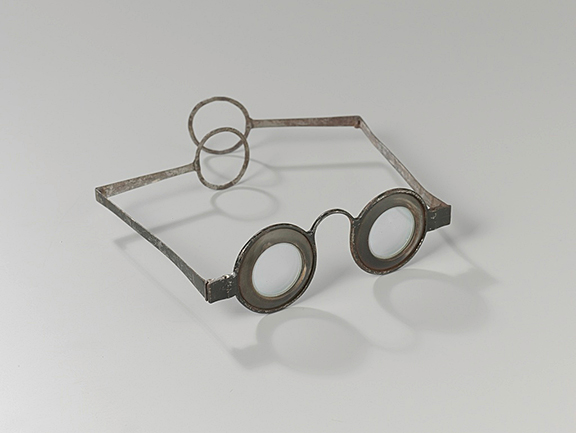
First Manned Spaceflight:
To wrap us around, the first manned (personed?) spaceflight belongs to Yuri Gagarin of the then Soviet Union, who on April 12, 1961, did indeed leave Earth’s atmosphere and, in the Vostok 1, for 108 minutes orbited our home planet, becoming the first person (that we know of!) to enter space.

